Culture
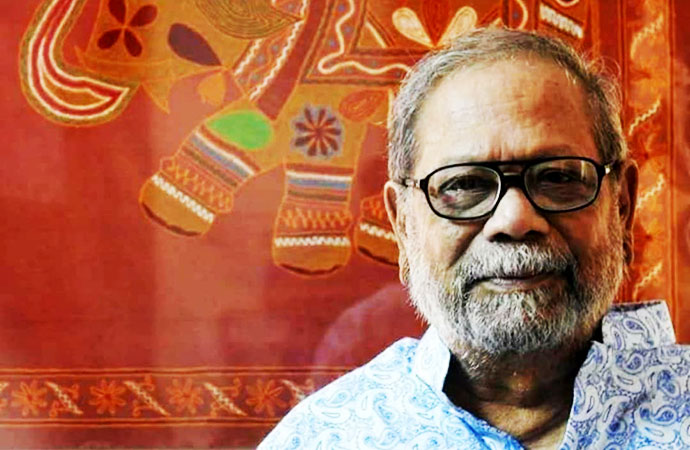
The exhibition opens today (Aug 22)
Galleri Kaya has organised an exhibition showcasing the artworks and personal collection of the late Murtaja Baseer in 2025. This exhibition features a variety of works, including paintings, prints, sculptures, colour palettes, some archival drawings, as well as personal collections of stamps, coins, currencies, and key rings. Several books authored by Baseer are also being showcased at the exhibition.
Baseer is regarded as one of the leading painters in Bangladesh, as he had developed a own distinctive style during his lifetime. He is also recognised as a resourceful genius. He excelled in both painting and writing. His poems, short stories, and novels have received considerable acclaim. Many may not be aware of Baseer's other identities beyond that of an artist. In addition to being an artist, Baseer was a researcher, numismatist, and filmmaker. He demonstrated remarkable innovation and originality in his art, poetry, short stories, and novels. He has enhanced our perception, observation, and exploration of art. Engaging with his works is akin to embarking on an emotional journey. Both his art and poetry captivate our minds and souls. It is evident that he was a modernist in every sense of the term. His style was undeniably unique, individualised, expressive, and easily understandable.
My impression of him had always been of a man who loved life and adored art, literature, photography, and cinema. The details of what Baseer did on any given day of course vary, depending on the time of the year. However, most of days for him consisted of many, if not all, of the following: painting, reading, watching movies for pleasure, reading for academic purposes, writing, and collecting coins, stamps, and currencies. He would also contemplate about diverse issues, give interviews, and contribute to meetings, seminars, exhibitions, workshops as a veteran painter and one of Bangladesh's leading multidimensional personalities.
Baseer disliked pretensions throughout his life, and his write-ups and presentations are devoid of exaggeration. If we look at his writings, we will see that most of these are precise, thoughtful and contemplative. He was outspoken and bold in expressing the truth.
A single artwork from "the Wings" series is currently being showcased at the exhibition. "The Wings" stands out as one of his remarkable series, expressing themes of truth, beauty, romanticism, and spirituality. A key aspect of this series is the profound connection among the works, while each painting also showcases its own uniqueness. Baseer has explored the use of colours and their multiple dimensions. Additionally, he has ventured into various forms. The artist applied colours directly on the canvas, layering them in both thick and occasionally thin compositions while striving to create a dynamic image. The brush strokes impart a textural quality to his pieces. His colours are vibrant, resulting in a striking visual impact.
Baseer commenced his work on "The Wings" in July 1998. The pieces aim to represent butterfly wings. Throughout the following years, the artist became increasingly innovative, utilising space to engage with lines and forms on his canvas. These works exhibit both technical proficiency and a developed intellect. He ensured continuity throughout his creations. Subtle forms and colours generate a panoramic effect in his artworks. Themes of hope, aspiration, and unusual visions have been passionately conveyed through his images. He allowed all these elements to permeate his canvases through various symbolic arrangements.
A variety of drawings from different periods are being showcased at the exhibition. These drawings serve as a reflection of the personal insights of the artist. They form the essential basis of his style. Drawings convey an artist's emotions and embody his or her individuality. Baseer stands out as one of the premier drawing masters in our country, and his works effectively depict the personality and depth of different characters. The distinctive lines in his drawings were his signature style, and it appears that he dedicated considerable time to perfecting them. Baseer was an artist committed to the principles of experimental realism. By blending elements of romanticism and impressionism, he revealed his profound observations of the characters.
Three sculptures made of stone are exhibited, showcasing human faces in various dimensions. Baseer skillfully carved the stone to form human visages. He infused his emotions and illusions entirely into his creations. His sculptures are distinctive, labor-intensive, and commendable. The faces he sculpted appear to be primitive and indigenous. He expertly chiseled the stone, producing forms that at times seem unfamiliar to us, offering a refreshing perspective.
Three colour palettes are also featured at the exhibition, each bearing Baseer's signature. It appears that Baseer captured nature and its enigmatic phases through his insights, experiences, and thought processes. The abstraction present in his works is not arbitrary; it emerges organically, as he has embraced this language for his distinctive mode of expression. It can be observed that his palettes reflected his inner emotions and profound observations of his surroundings, life, and memories. He employed forms that ensure a lively hallmark in his creations. His application of soft colours and unrefined brush strokes is natural and at the same time, establishes a language that feels alien to us. His colours are gentle, yet occasionally vibrant, exuding richness and smoothness. It appears that his spirit had been perpetually in search of spaces where green, azure, red, crimson, off-white, and yellow would be infused with immense joy and ecstasy.
A collection of twelve serigraphs is currently being exhibited at the exposition. Galleri Kaya took a praiseworthy initiative in 2018 to create a folio featuring a set of twelve serigraphs in limited editions of thirty, inspired by the treasured twelve drawings of Baseer. The galleriest-cum-painter Goutam Chakraborty of Kaya wants to popularise the medium of serigraphy among the artists of different genres, and he sincerely seeks to provide the folio of the serigraph to art aficionados in the country. Previously, the gallery took some worthy initiatives in this regard. Serigraphy is the oldest form of printing. The serigraphs have been done in acid-free, off-white and a little bit yellowish shade on Fabriano papers which are made of finely woven polyester.
The serigraphs denote varied moods of women. Baseer liked to portray both emotions and adoration in the same frame. Portrays seeming to articulate untold stories were the noticeable aspects of his works. He was mainly a figurative painter and his figures usually captured pensiveness, bliss, understanding of life, experience, and passion. Appearing to be in motion, his subjects have had a realistic attachment with lines, articulating profound romanticism. The drawings provide us with a deep essence of the meaning of life, affection, and quintessence.
A number of Baseer's prints, which encompass etching, dry point, aquatint and dry point, aquatint and etching, aquatint as well as linocut, showcase a variety of ambiguous forms and shapes in diverse dimensions, including a self-portrait, a ruined wall, efflorescence on a wall, and a female nude figure accompanied by a bird. His artwork, "Biriwala" (1954), portrays a cigarette vendor eagerly anticipating customers. His facial expression and physical appearance convey his hardships and arduous existence. In the near distance, a human figure adds a sense of realism to the scene. His piece "Shoe Shine Boy" showcases a young shoemaker searching for clients. One hand of the cobbler is occupied with his belongings, while the other grasps a brush. This was once a very common sight, but now it has become a rare scene in the city.
A number of books authored by Baseer are also being showcased at the exhibition. Many are perhaps not familiar with Baseer's identities as a poet, short story writer, novelist, researcher, numismatist, and filmmaker. Baseer has written novels and was acclaimed for his meticulous literary style and unique choice of themes. In 1954, he wrote a novel, titled "Ultramarine". The novel was based on contemporary life in Kolkata and the prevailing social issue of the time. He published a collection of short stories called "Kanch-er Pakhir Gaan" in 1969. He wrote two more novels -- "Mitar Shangey Char Shandha" and "Amitakkhar". A collection of selected literary works is titled "Murtaja Baseer: Murto O Bimurto".
Reading Baseer's poetry is like an emotional journey. As a poet, he was a modernist in the complete sense. His style was unquestionably unique, expressive, and easily comprehensible. When reading his poems, one feels the yearnings of a lonely soul, unbound sorrow, and the vacuum in a melancholic heart. Baseer's poems are voyages into fantasy. He has a collection of selected poems, titled "Fresh Blood, Faint Line".
Baseer also worked as a screenplay writer, art director, and chief assistant director for the Bangla film "Nadi O Nari" in 1964, and as an art director for the Urdu film "Kaise Kahoon" in 1965.
In 1987, Baseer received a fellowship from the British Council to carry out research on folk and traditional arts of Bangladesh. In 1988, he visited several museums in Delhi, Calcutta, Banaras, and 3,000 villages under nine districts of West Bengal -- under a fellowship of the Indian Council for Cultural Relations (ICCR). His historical research work "Mudra O Shilalipir Aloke Banglar Habshi Sultan O Tothkalin Samaj" was published in 2004. Several resourceful articles by Baseer have been published in the Journal of the Numismatic Society of India, considered as a prestigious publication.
The writer is an art critic and cultural curator.







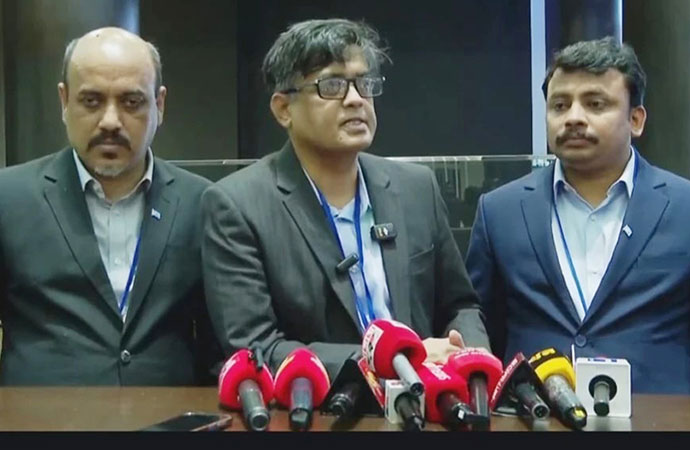


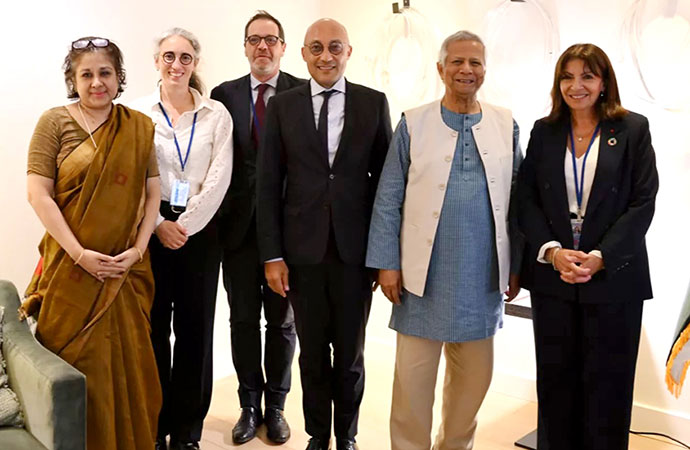




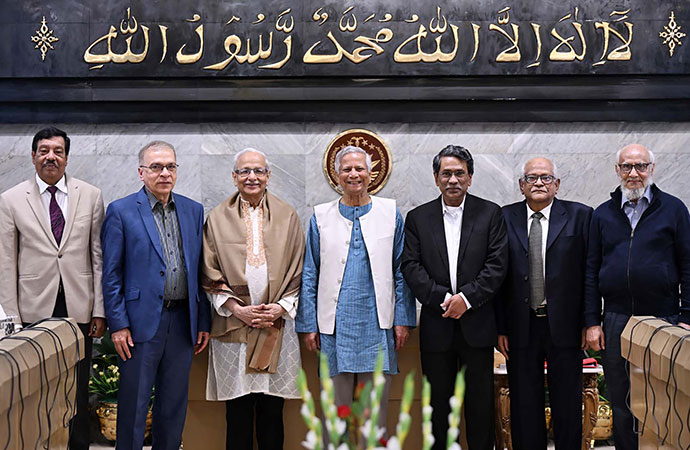



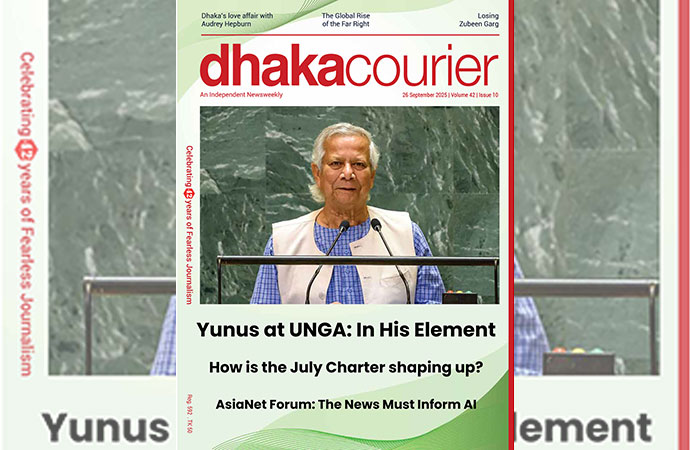

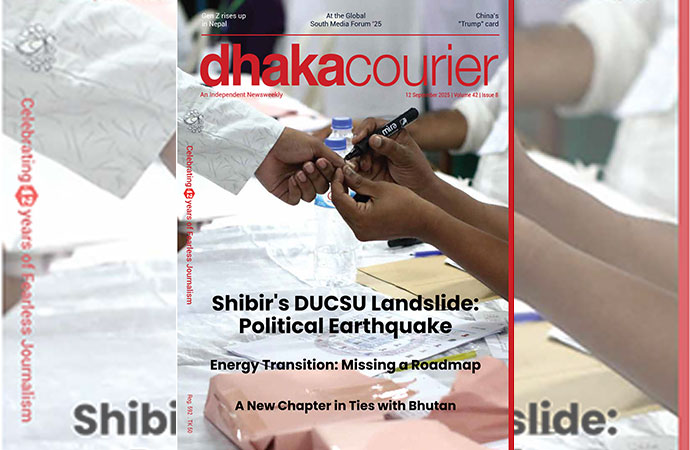


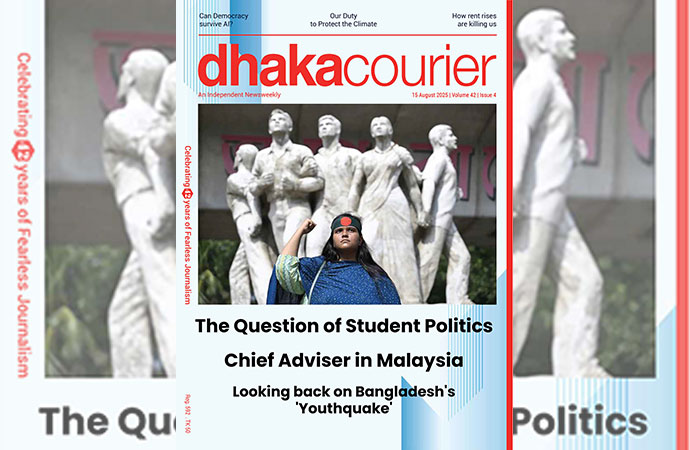
Leave a Comment
Recent Posts
Religion and Politics: A Toxic ...
At Dhaka University, cafeteria workers have been told not to wear shor ...
Enayetullah Khan joins AsiaNet ...
AsiaNet’s annual board meeting and forum was held in Singapore, ...
In a New York minute
Many leaders back a UN call to address challenges to ..
Defaulted loans at Non-Bank Financial Institutions ( ..
How the late Zubeen Garg embodied cultural affinitie ..